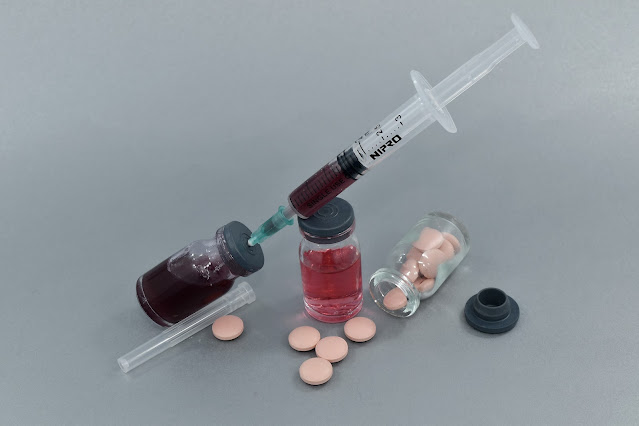Apixaban Market Size, Share, Outlook, and Opportunity Analysis, 2022-2028
Apixaban is a novel oral
anticoagulant (NOAC) that is used to reduce the risk of stroke and blood clots
in patients with atrial fibrillation, deep vein thrombosis (DVT), and pulmonary
embolism (PE). It is a direct inhibitor of Factor Xa, a clotting factor in the
blood that plays a crucial role in the formation of blood clots. Apixaban is
marketed under the brand name Eliquis and was jointly developed by Pfizer and
Bristol-Myers Squibb.
The apixaban market has been growing steadily over the past few years,
driven by an increasing prevalence of cardiovascular diseases and a growing
awareness of the benefits of NOACs over traditional anticoagulants such as
warfarin. According to a report by Grand View Research, the global apixaban
market size was valued at USD 6.3 billion in 2020 and is expected to grow at a
compound annual growth rate (CAGR) of 10.6% from 2021 to 2028.
One of the key drivers of the apixaban
market is the rising incidence of atrial fibrillation (AF), a condition
characterized by an irregular heartbeat that can lead to blood clots, stroke,
and heart failure. According to the American Heart Association, AF affects more
than 33 million people worldwide and is expected to double in prevalence by
2050. Apixaban is one of the preferred anticoagulant therapies for AF due to
its efficacy and safety profile, as demonstrated in numerous clinical trials.
Another key driver of the
apixaban market is the increasing adoption of NOACs over traditional
anticoagulants such as warfarin. Warfarin has been the standard of care for
anticoagulation for many years, but it has several limitations, including a
narrow therapeutic window, a need for regular monitoring, and a high risk of
bleeding. NOACs such as apixaban have a wider therapeutic window, require no
regular monitoring, and have a lower risk of bleeding, making them an attractive
alternative to warfarin.
The apixaban market is also
benefiting from the expanding use of NOACs in indications beyond AF, such as
DVT and PE. DVT occurs when a blood clot forms in a deep vein, usually in the
leg, while PE occurs when a blood clot travels to the lungs. Both conditions
can be life-threatening and require prompt treatment with anticoagulants such
as apixaban. The growing awareness of the benefits of NOACs in these
indications is expected to drive the growth of the apixaban market in the
coming years.
The apixaban market is highly
competitive, with several other NOACs available in the market, including rivaroxaban
(Xarelto) and dabigatran (Pradaxa). However, apixaban has several advantages
over these drugs, including a lower risk of bleeding and a more convenient
dosing regimen. Apixaban is taken twice daily for the first 7 days after DVT or
PE diagnosis, followed by once-daily dosing thereafter. In contrast,
rivaroxaban requires once-daily dosing for both DVT and PE, while dabigatran
requires twice-daily dosing for DVT and PE.




Comments
Post a Comment